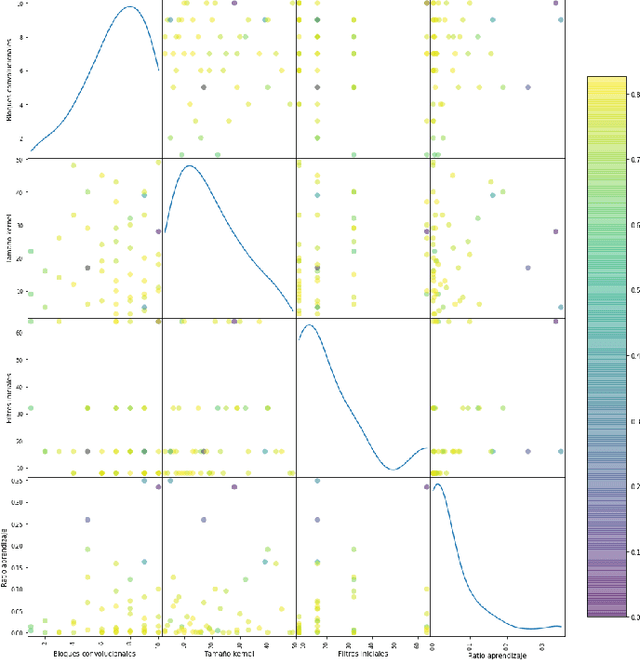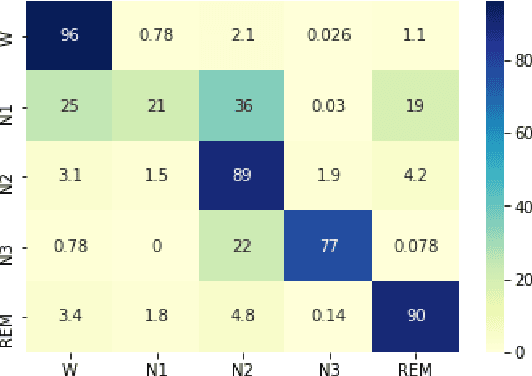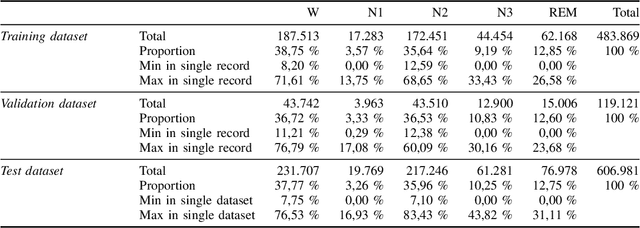Vicente Moret-Bonillo
University of Coruña
Evaluating Explanatory Capabilities of Machine Learning Models in Medical Diagnostics: A Human-in-the-Loop Approach
Mar 28, 2024



Abstract:This paper presents a comprehensive study on the evaluation of explanatory capabilities of machine learning models, with a focus on Decision Trees, Random Forest and XGBoost models using a pancreatic cancer dataset. We use Human-in-the-Loop related techniques and medical guidelines as a source of domain knowledge to establish the importance of the different features that are relevant to establish a pancreatic cancer treatment. These features are not only used as a dimensionality reduction approach for the machine learning models, but also as way to evaluate the explainability capabilities of the different models using agnostic and non-agnostic explainability techniques. To facilitate interpretation of explanatory results, we propose the use of similarity measures such as the Weighted Jaccard Similarity coefficient. The goal is to not only select the best performing model but also the one that can best explain its conclusions and aligns with human domain knowledge.
Hybrid Classic-Quantum Computing for Staging of Invasive Ductal Carcinoma of Breast
Mar 17, 2023Abstract:Despite the great current relevance of Artificial Intelligence, and the extraordinary innovations that this discipline has brought to many fields -among which, without a doubt, medicine is found-, experts in medical applications of Artificial Intelligence are looking for new alternatives to solve problems for which current Artificial Intelligence programs do not provide with optimal solutions. For this, one promising option could be the use of the concepts and ideas of Quantum Mechanics, for the construction of quantum-based Artificial Intelligence systems. From a hybrid classical-quantum perspective, this article deals with the application of quantum computing techniques for the staging of Invasive Ductal Carcinoma of the breast. It includes: (1) a general explanation of a classical, and well-established, approach for medical reasoning, (2) a description of the clinical problem, (3) a conceptual model for staging invasive ductal carcinoma, (4) some basic notions about Quantum Rule-Based Systems, (5) a step-by-step explanation of the proposed approach for quantum staging of the invasive ductal carcinoma, and (6) the results obtained after running the quantum system on a significant number of use cases. A detailed discussion is also provided at the end of this paper.
A Convolutional Network for Sleep Stages Classification
Feb 15, 2019



Abstract:Sleep stages classification is a crucial task in the context of sleep studies. It involves the simultaneous analysis of multiple signals recorded during sleep. However, it is complex and tedious, and even the trained expert can spend several hours scoring a single night recording. Multiple automatic methods have tried to solve these problems in the past, most of them by classifying a feature vector that is engineered for a specific dataset. In this work, we avoid this bias using a deep learning model that learns relevant features without human intervention. Particularly, we propose an ensemble of 5 convolutional networks that achieves a kappa index of 0.83 when classifying a dataset of 500 sleep recordings.
Uncertainty in Quantum Rule-Based Systems
Nov 07, 2018



Abstract:This article deals with the problem of the uncertainty in rule-based systems (RBS), but from the perspective of quantum computing (QC). In this work we first remember the characteristics of Quantum Rule-Based Systems (QRBS), a concept defined in a previous article by one of the authors of this paper, and we introduce the problem of quantum uncertainty. We assume that the subjective uncertainty that affects the facts of classical RBSs can be treated as a direct consequence of the probabilistic nature of quantum mechanics (QM), and we also assume that the uncertainty associated with a given hypothesis is a consequence of the propagation of the imprecision through the inferential circuits of RBSs. This article does not intend to contribute anything new to the QM field: it is a work of artificial intelligence (AI) that uses QC techniques to solve the problem of uncertainty in RBSs. Bearing the above arguments in mind a quantum model is proposed. This model has been applied to a problem already defined by one of the authors of this work in a previous publication and which is briefly described in this article. Then the model is generalized, and it is thoroughly evaluated. The results obtained show that QC is a valid, effective and efficient method to deal with the inherent uncertainty of RBSs
 Add to Chrome
Add to Chrome Add to Firefox
Add to Firefox Add to Edge
Add to Edge